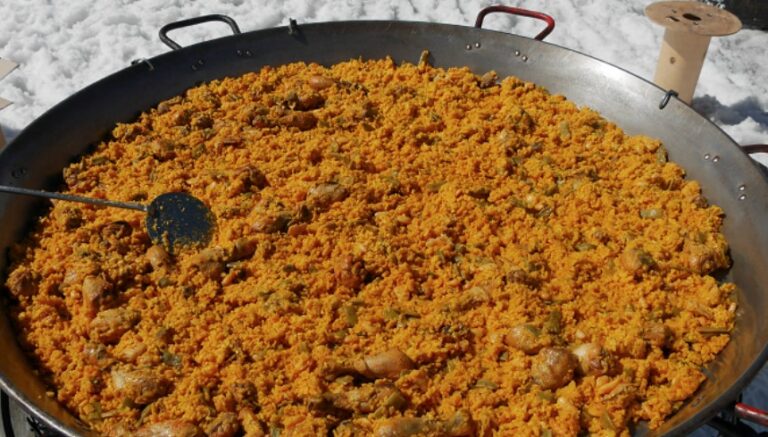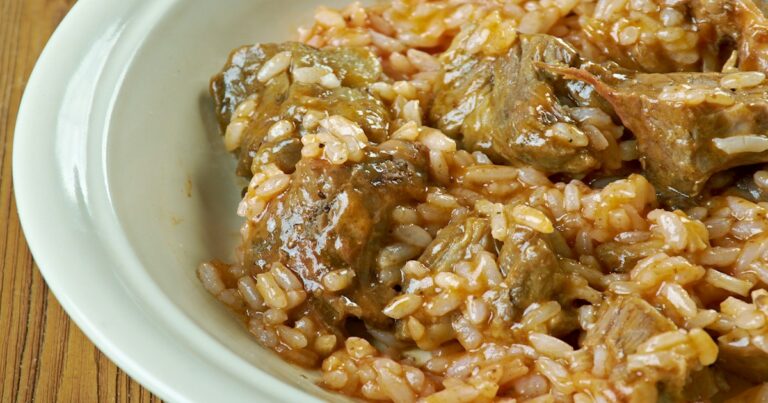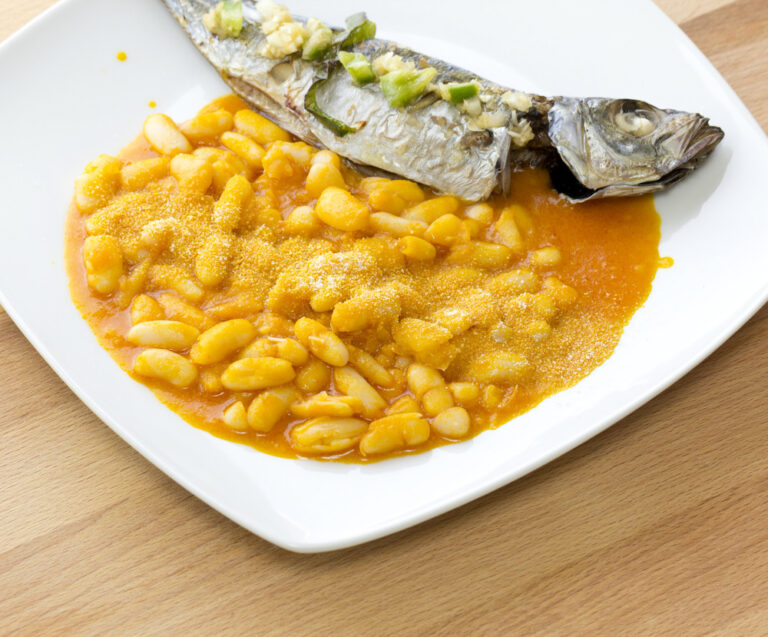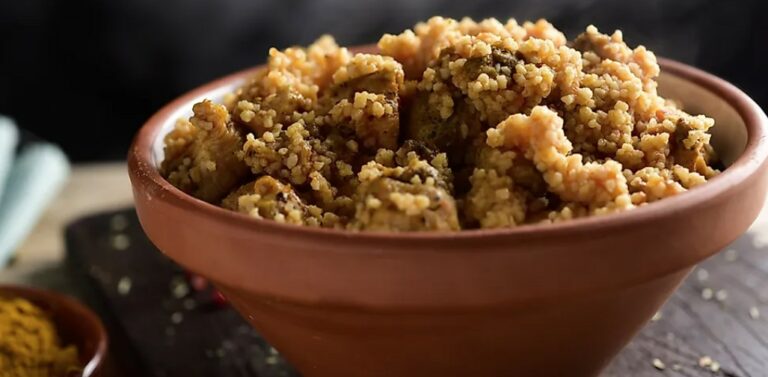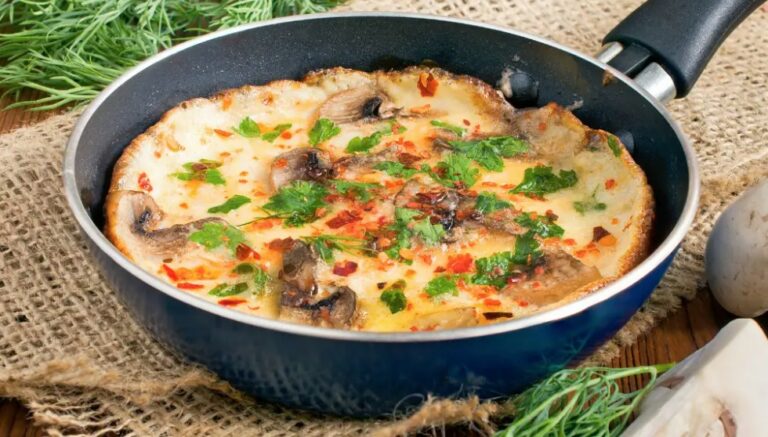Introduction: Exploring Vegetarian Options in Angolan Cuisine
Angola is a country located on the west coast of Africa, known for its vibrant culture, stunning landscapes, and delicious cuisine. While meat plays a significant role in traditional Angolan dishes, there are also plenty of delicious vegetarian options to be found. In this article, we will explore the various vegetarian options available in Angolan cuisine, from staples like beans to flavorful vegetable dishes.
The Role of Staples in Angolan Vegetarian Food
Staples like rice, cornmeal, and cassava are a crucial part of Angolan cuisine and form the basis of many traditional dishes. These staples can be combined with a range of vegetables and spices to create delicious vegetarian meals. One popular dish is called “funje,” which is made from cassava flour and served with a variety of stews or sauces. Another staple, “pirão,” is a thick porridge made from cornmeal and often accompanied by sautéed vegetables.
Beans: A Versatile Ingredient in Angola
Beans are a staple ingredient in many African cuisines, including Angola. They are a rich source of protein and can be combined with a variety of other ingredients to create flavorful vegetarian dishes. One popular dish is “feijão de óleo,” a stew made with black-eyed peas, onions, tomatoes, and spices. Another dish, “muamba de galinha,” can be made vegetarian by substituting chicken with beans and adding a variety of vegetables, including okra and pumpkin.
Delicious Vegetable Dishes in Angolan Cooking
Angolan cuisine features a variety of delicious vegetable dishes that are perfect for vegetarians. One popular dish is “calulu,” a stew made with dried fish or vegetables, including eggplant, cabbage, and cassava leaves. Another dish, “caruru,” is a spicy okra stew made with palm oil, onions, tomatoes, and chili peppers. Vegetables like sweet potatoes, plantains, and yams are also commonly used in Angolan cooking and can be prepared in a variety of ways.
The Use of Spices and Herbs in Vegetarian Angolan Food
Spices and herbs play a significant role in Angolan cuisine, adding flavor and depth to vegetarian dishes. Commonly used herbs include parsley, cilantro, and basil, while spices like cumin, coriander, and paprika add heat and complexity. One popular spice blend is “piri-piri,” which is made from chili peppers, garlic, and lemon juice. It is often used to marinate vegetables and tofu, giving them a bold and spicy flavor.
Snacks and Street Food: Vegetarian Options in Angola
Angola has a vibrant street food scene, and there are many vegetarian options to be found. One popular snack is “mandioca frita,” fried cassava, which is often served with a variety of dipping sauces. Another street food favorite is “pastel,” a deep-fried pastry filled with vegetables or cheese. Fruits like bananas and pineapples are also commonly sold on the street and make for a delicious and healthy snack.
Seafood and Dairy: Vegetarian-Friendly Alternatives in Angola
While Angola is known for its meat dishes, seafood and dairy also play a role in the country’s cuisine. Vegetarians can enjoy dishes like “caldeirada de peixe,” a fish stew made with vegetables and spices. Dairy products like cheese and yogurt are also commonly used in Angolan cooking and can be used to add richness and flavor to vegetarian dishes.
Conclusion: The Growing Trend of Vegetarianism in Angola
Vegetarianism is a growing trend in Angola, as more people seek out healthy and sustainable food options. While traditional Angolan cuisine has a strong focus on meat dishes, there are many delicious vegetarian options to be found. From staples like beans and rice to flavorful vegetable dishes and street food snacks, vegetarians can enjoy a wide variety of delicious foods in Angola. With the use of spices and herbs and the availability of seafood and dairy, vegetarianism is becoming an increasingly viable and popular option in Angolan cuisine.



